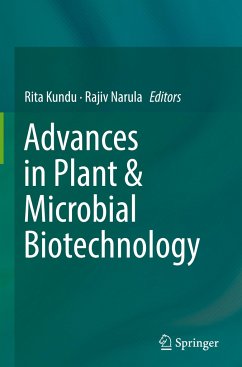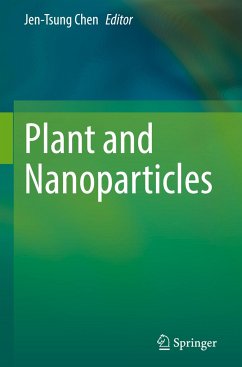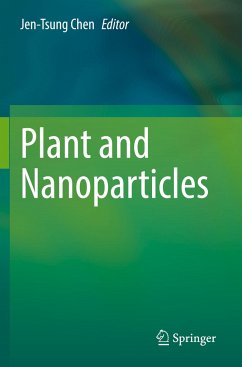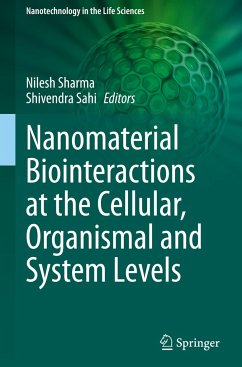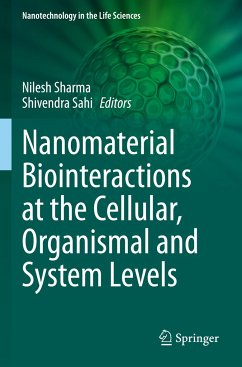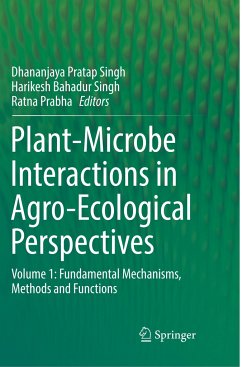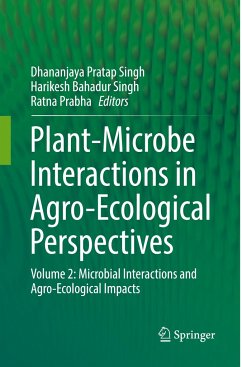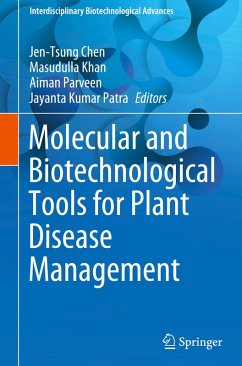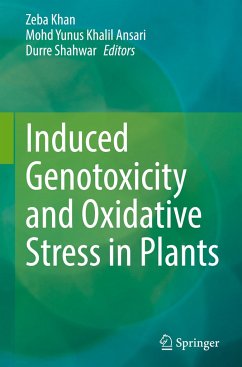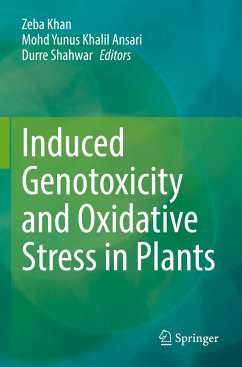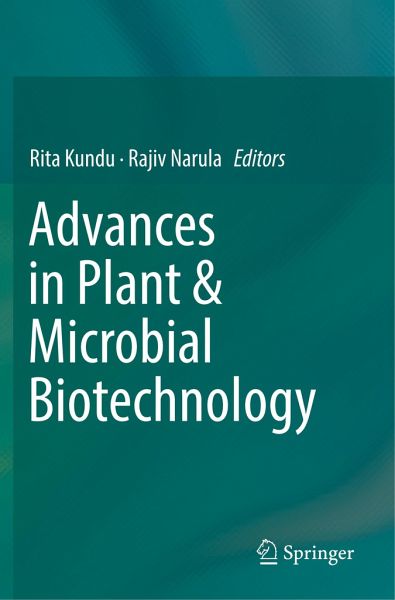
Advances in Plant & Microbial Biotechnology
Versandkostenfrei!
Versandfertig in 6-10 Tagen
76,99 €
inkl. MwSt.

PAYBACK Punkte
38 °P sammeln!
Biotechnology refers to the use or manipulation of an organism or parts of an organism. While the early applications were certainly simpler (though still relevant), modern plant biotechnology is primarily associated with molecular biology, cloning and genetic engineering. Over the last 50 years, several key discoveries have revolutionized the biological sciences and enabled the rapid growth of the biotechnology industry.This book gathers handpicked articles presented by national and international scientists at the International Conference on Biotechnology and Biological Sciences, BIOSPECTRUM 2...
Biotechnology refers to the use or manipulation of an organism or parts of an organism. While the early applications were certainly simpler (though still relevant), modern plant biotechnology is primarily associated with molecular biology, cloning and genetic engineering. Over the last 50 years, several key discoveries have revolutionized the biological sciences and enabled the rapid growth of the biotechnology industry.
This book gathers handpicked articles presented by national and international scientists at the International Conference on Biotechnology and Biological Sciences, BIOSPECTRUM 2017. It highlights the works of researchers and students in India and abroad on plant biotechnology and its applications in addressing various agricultural and food production-related issues.
The respective papers explore a range of advances in plant biotechnology, e.g.: the cytotoxic potential of Moringaoleifera lam; the use of the entomo-pathogenic fungi Cordyceps sp. as unique and valuable sources of bioactive compounds; and strain improvement strategies for Cordyceps sp. In addition, they discuss the use of low-cost blue green algal biofertilizer comprising four blue green algal strains in rice fields; and the use of lignocellulosic materials as potential renewable energy resources for the production of fuels.
This book will be extremely useful for researchers and students of biotechnology and plant science, providing an essential update on the latest findings and trends.
This book gathers handpicked articles presented by national and international scientists at the International Conference on Biotechnology and Biological Sciences, BIOSPECTRUM 2017. It highlights the works of researchers and students in India and abroad on plant biotechnology and its applications in addressing various agricultural and food production-related issues.
The respective papers explore a range of advances in plant biotechnology, e.g.: the cytotoxic potential of Moringaoleifera lam; the use of the entomo-pathogenic fungi Cordyceps sp. as unique and valuable sources of bioactive compounds; and strain improvement strategies for Cordyceps sp. In addition, they discuss the use of low-cost blue green algal biofertilizer comprising four blue green algal strains in rice fields; and the use of lignocellulosic materials as potential renewable energy resources for the production of fuels.
This book will be extremely useful for researchers and students of biotechnology and plant science, providing an essential update on the latest findings and trends.



